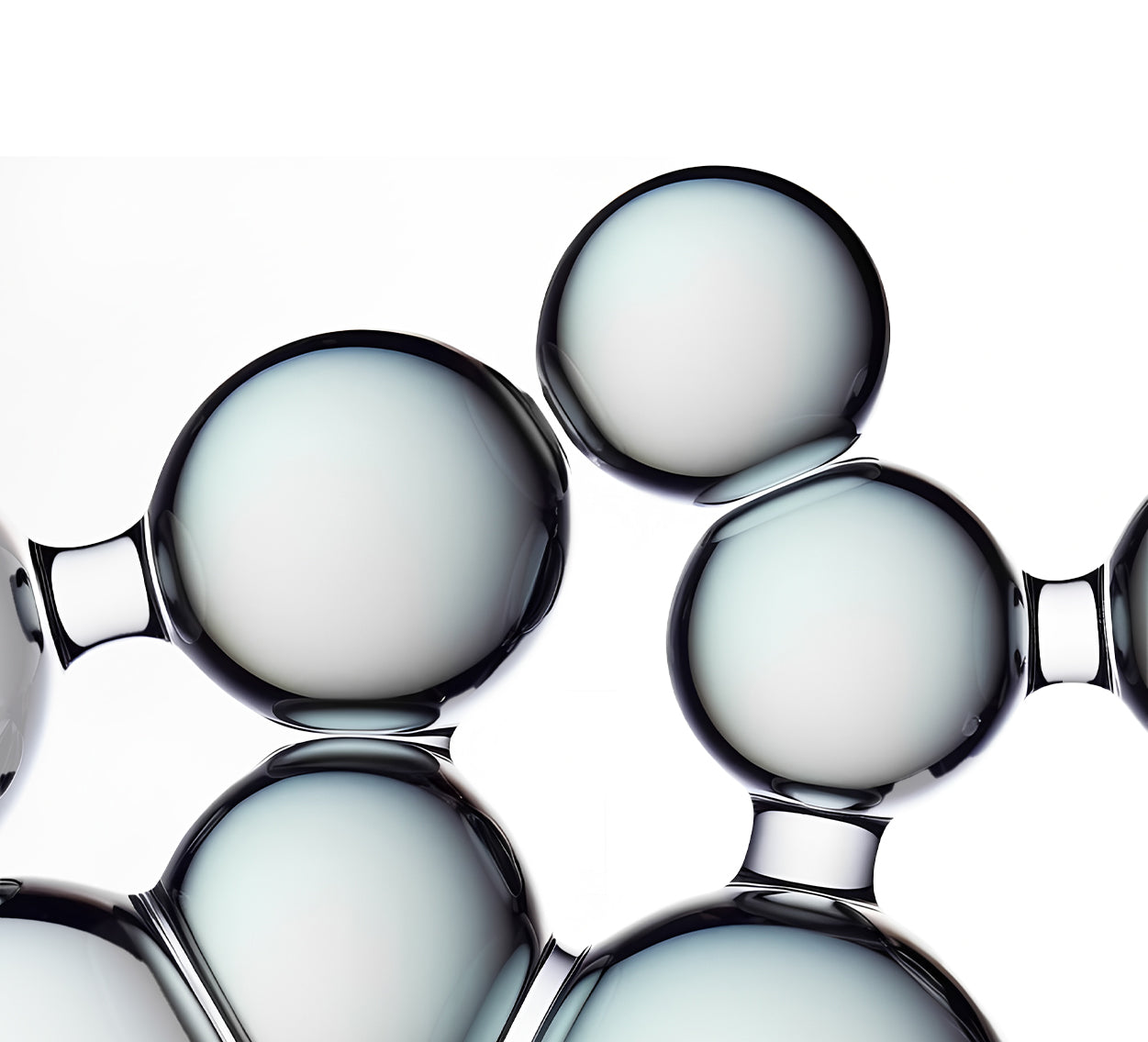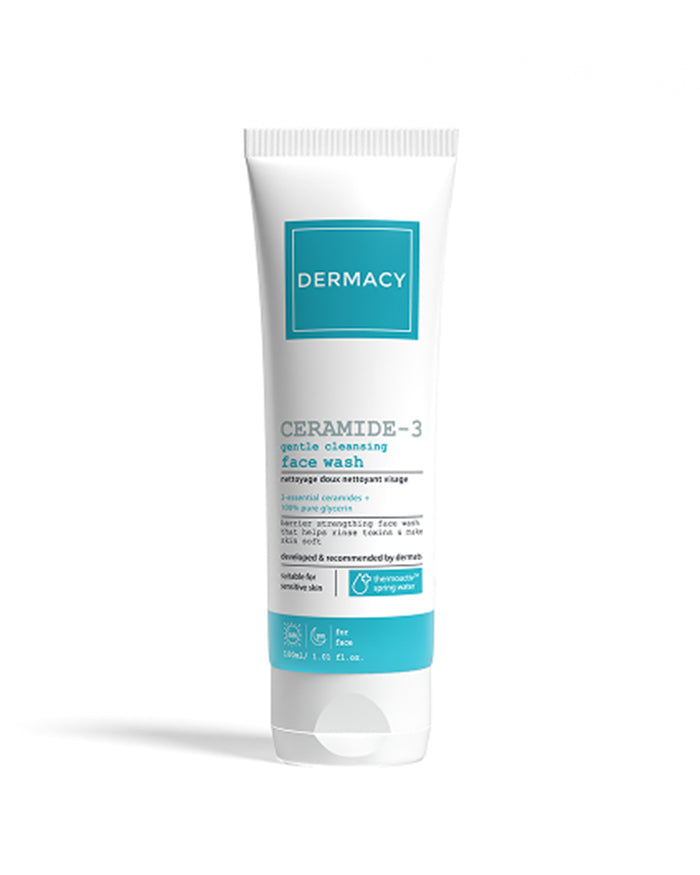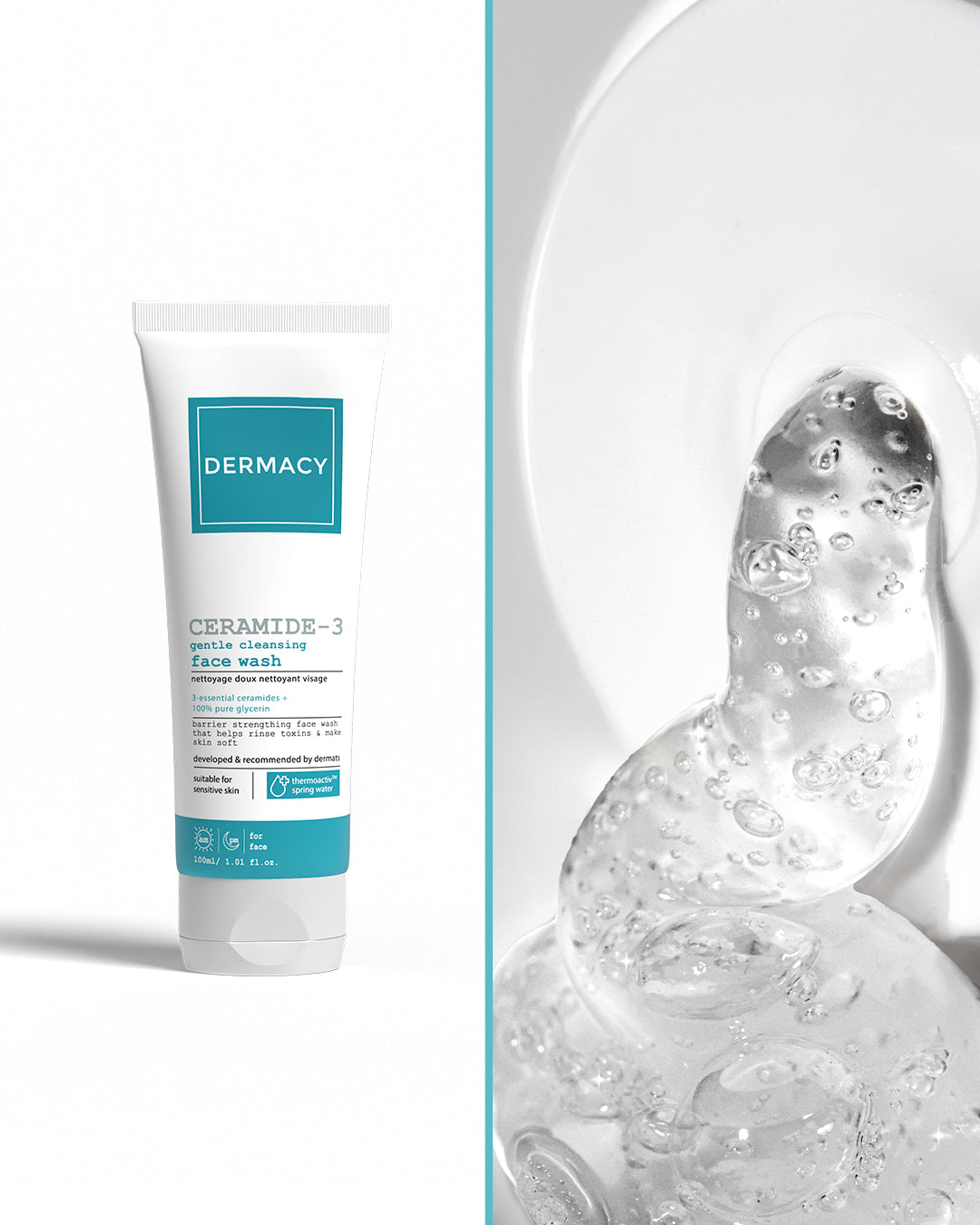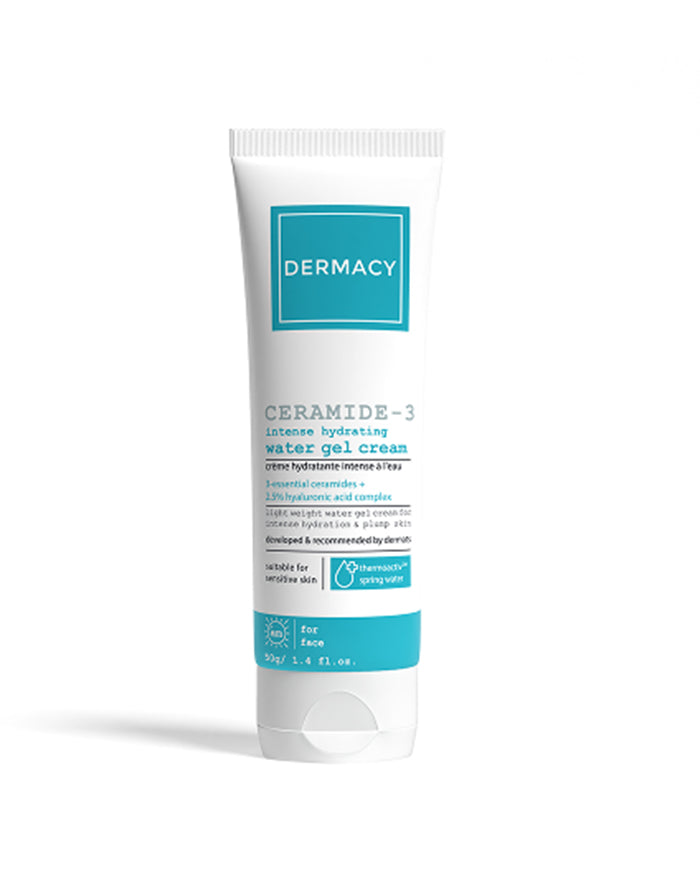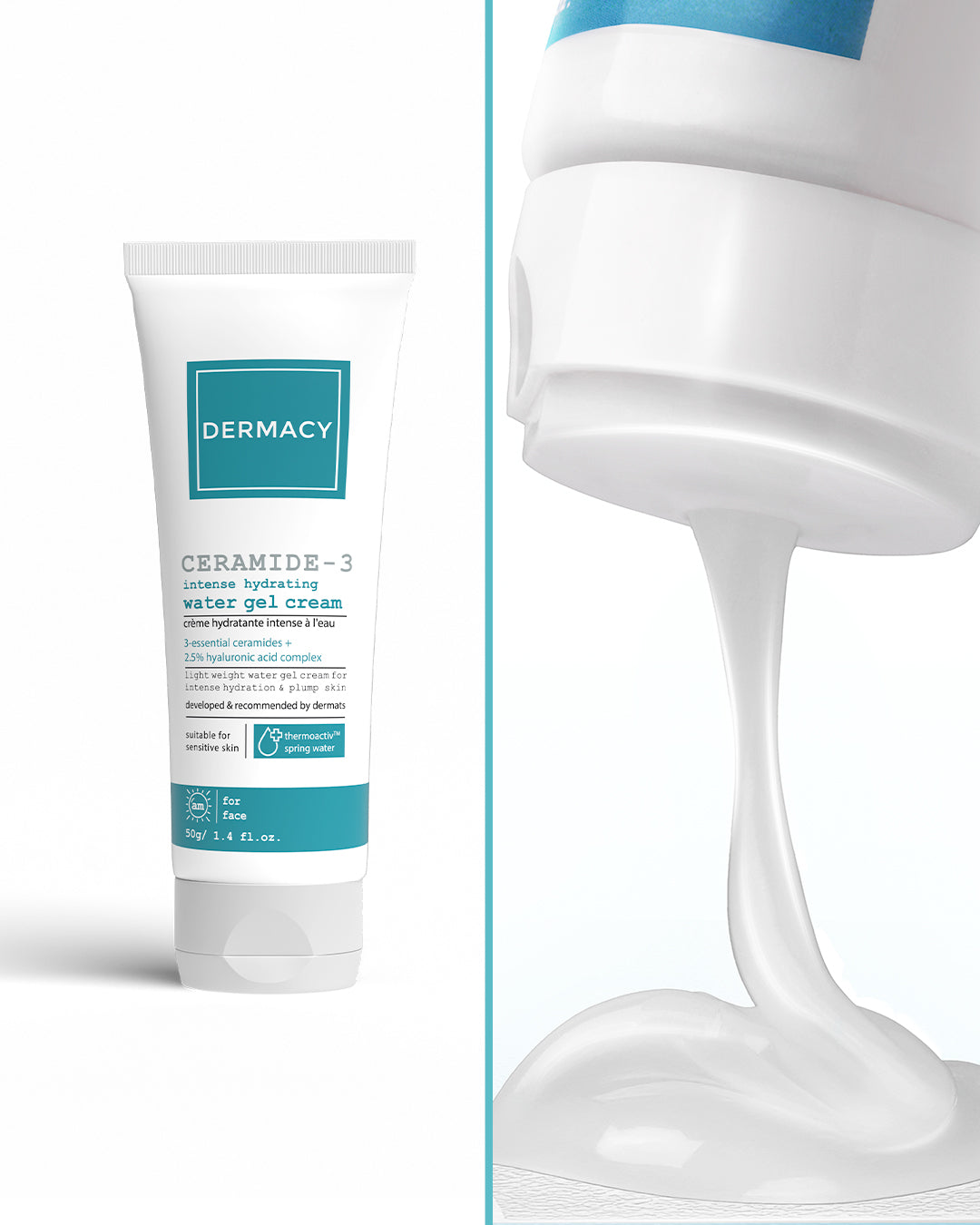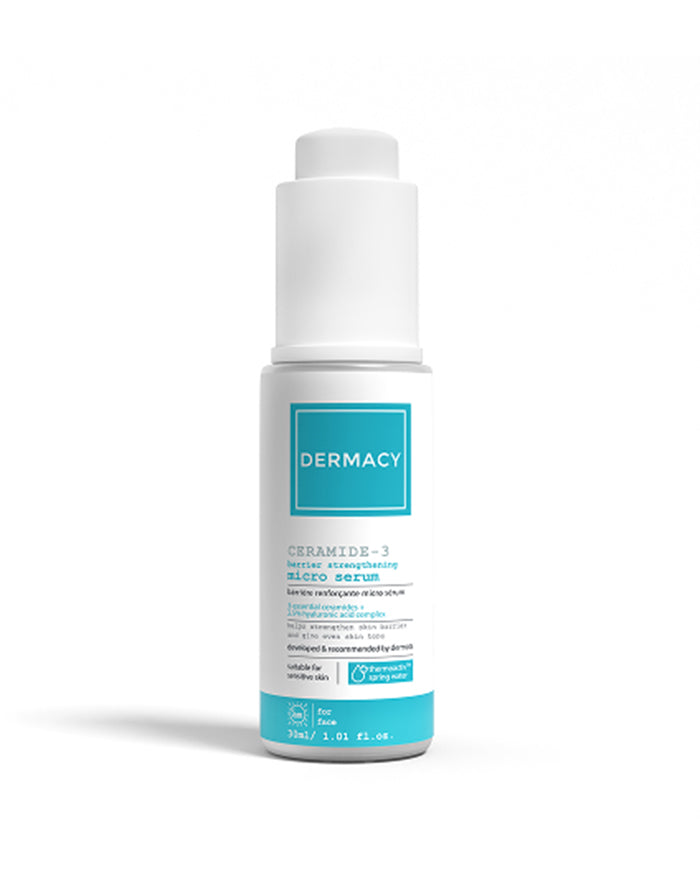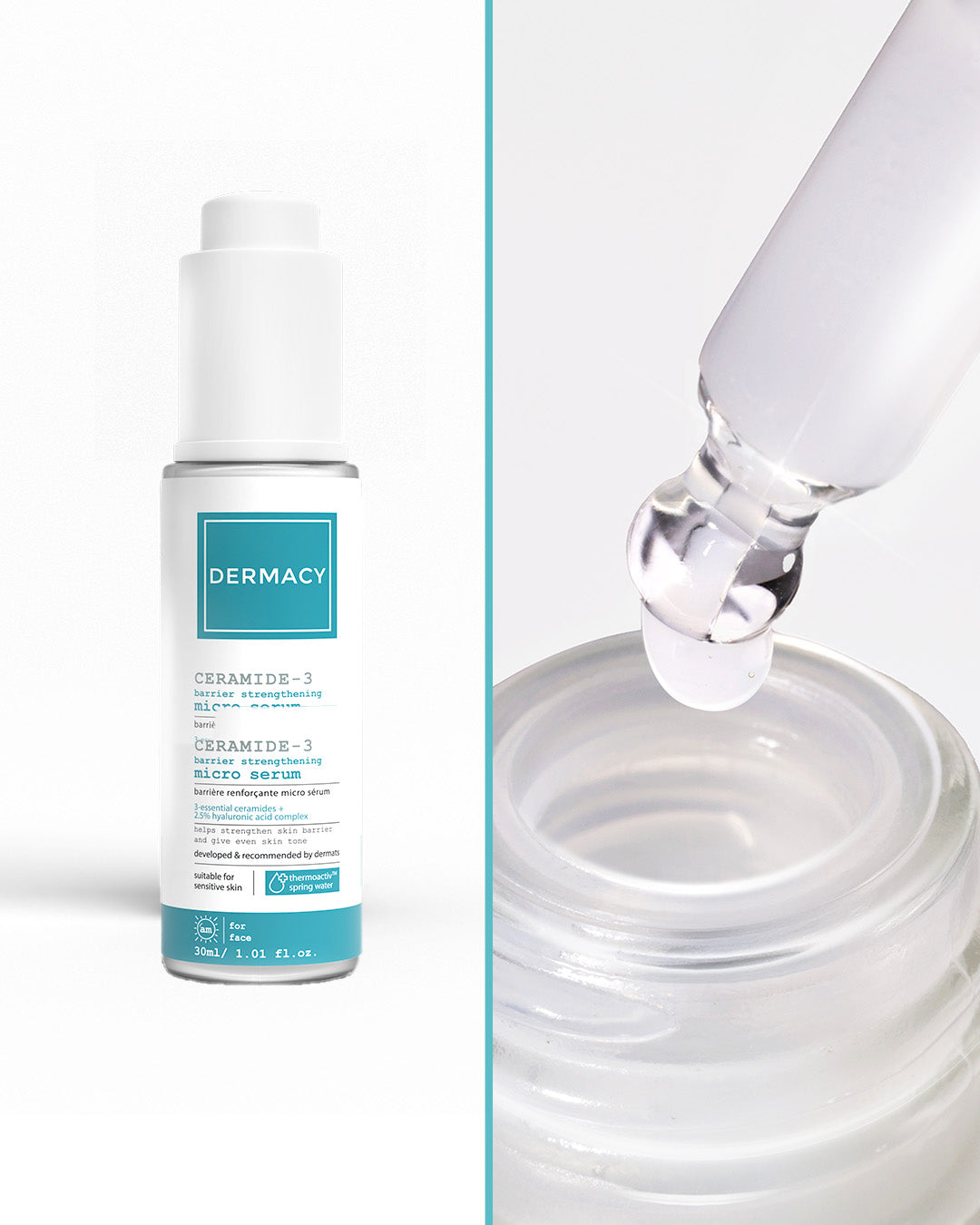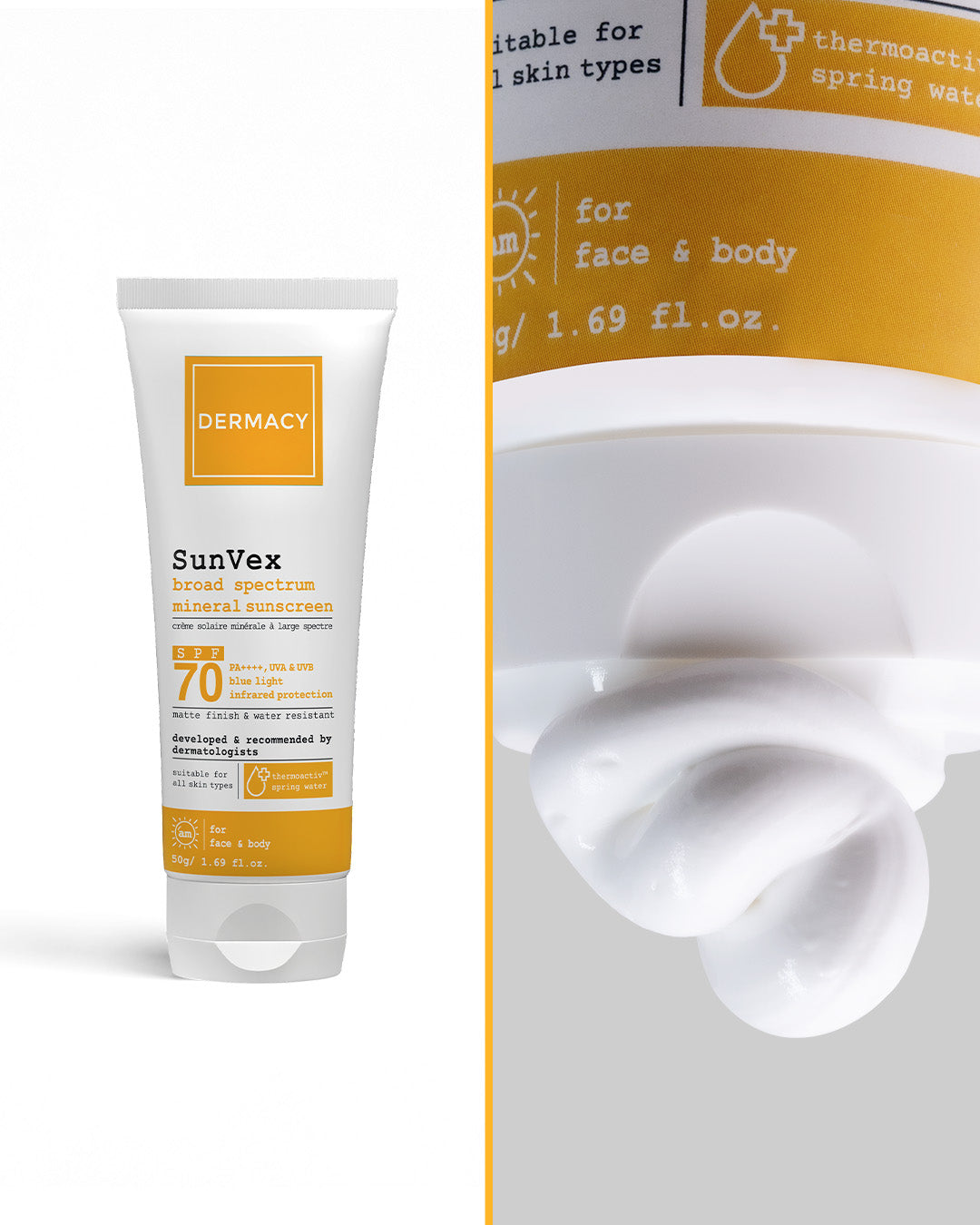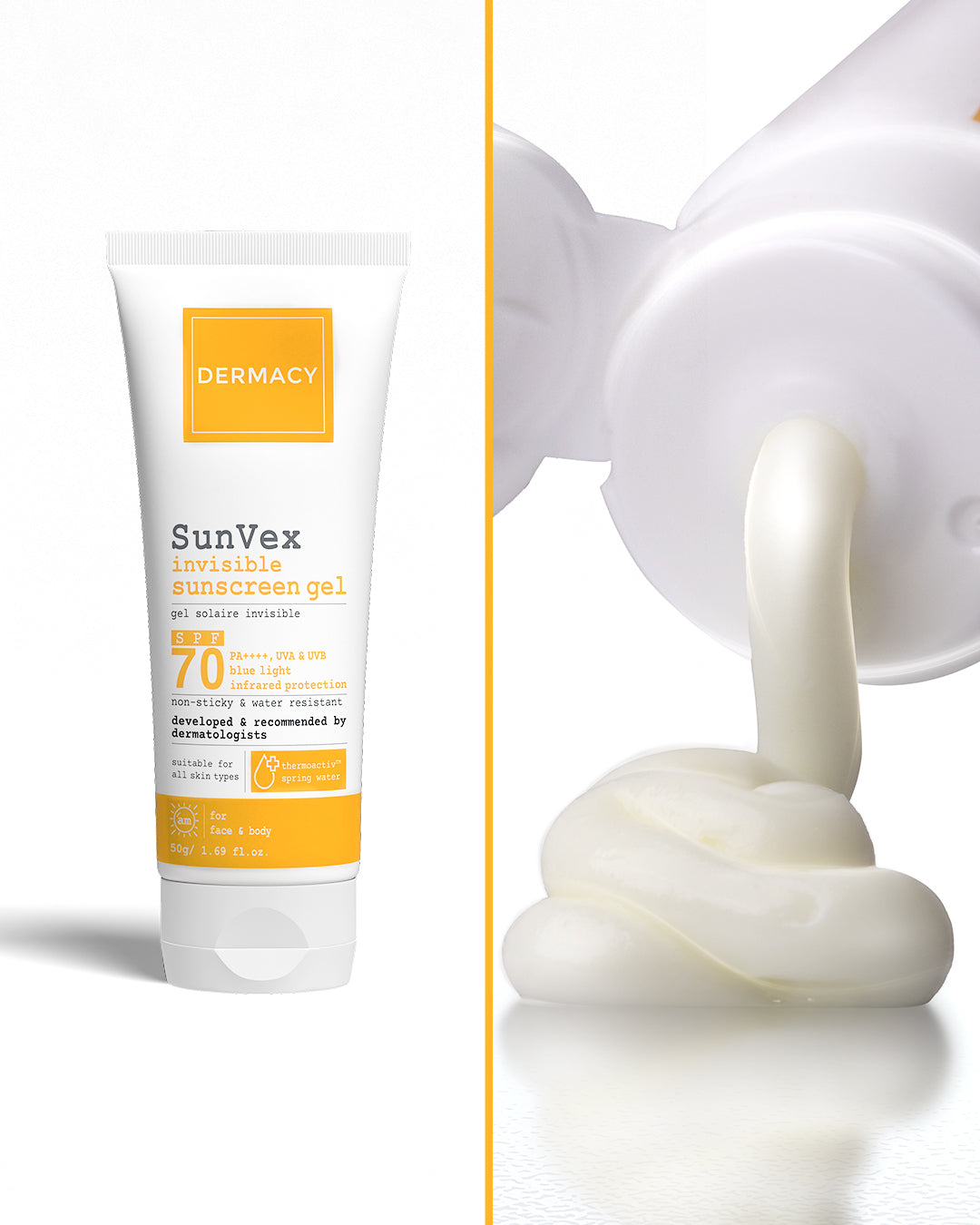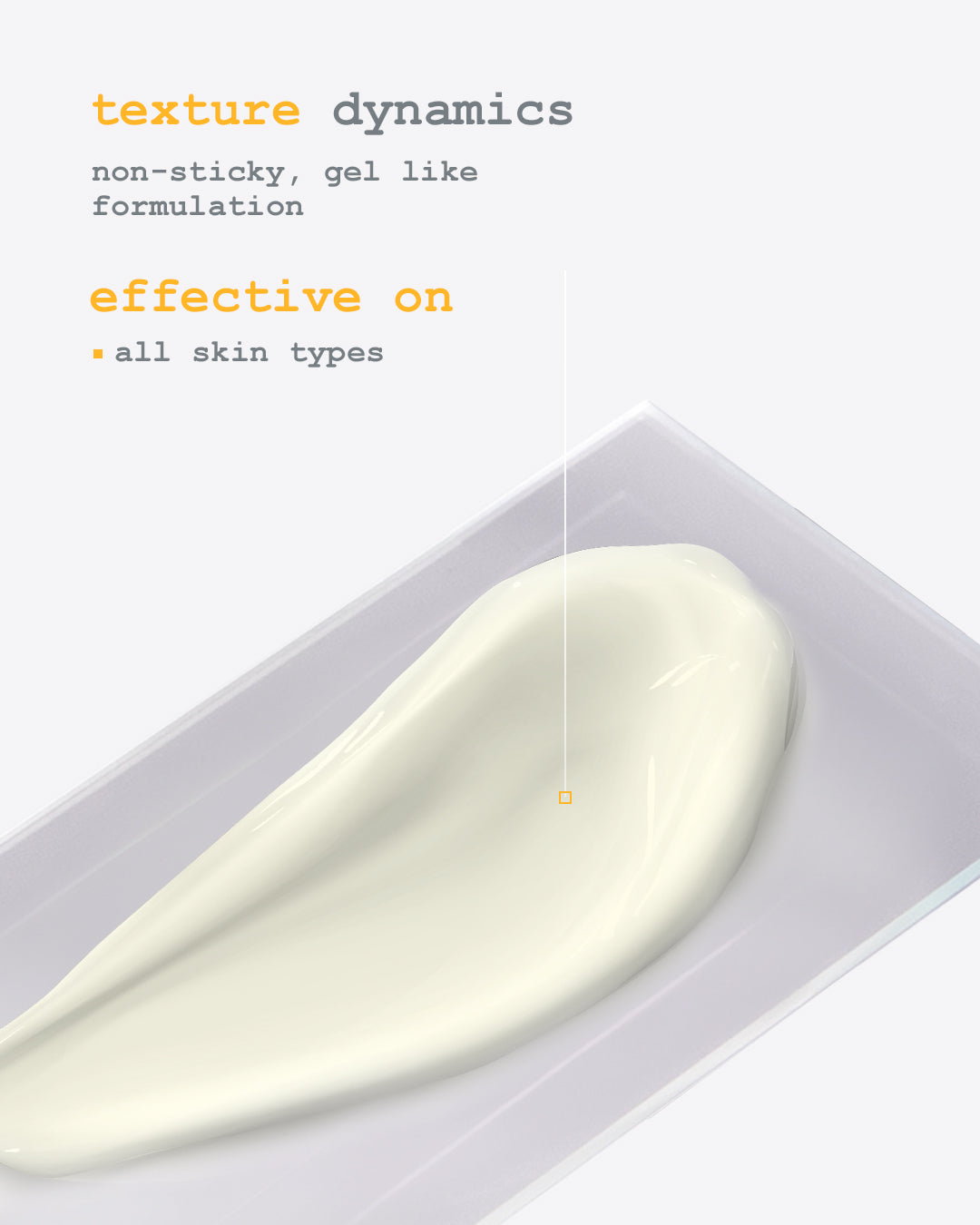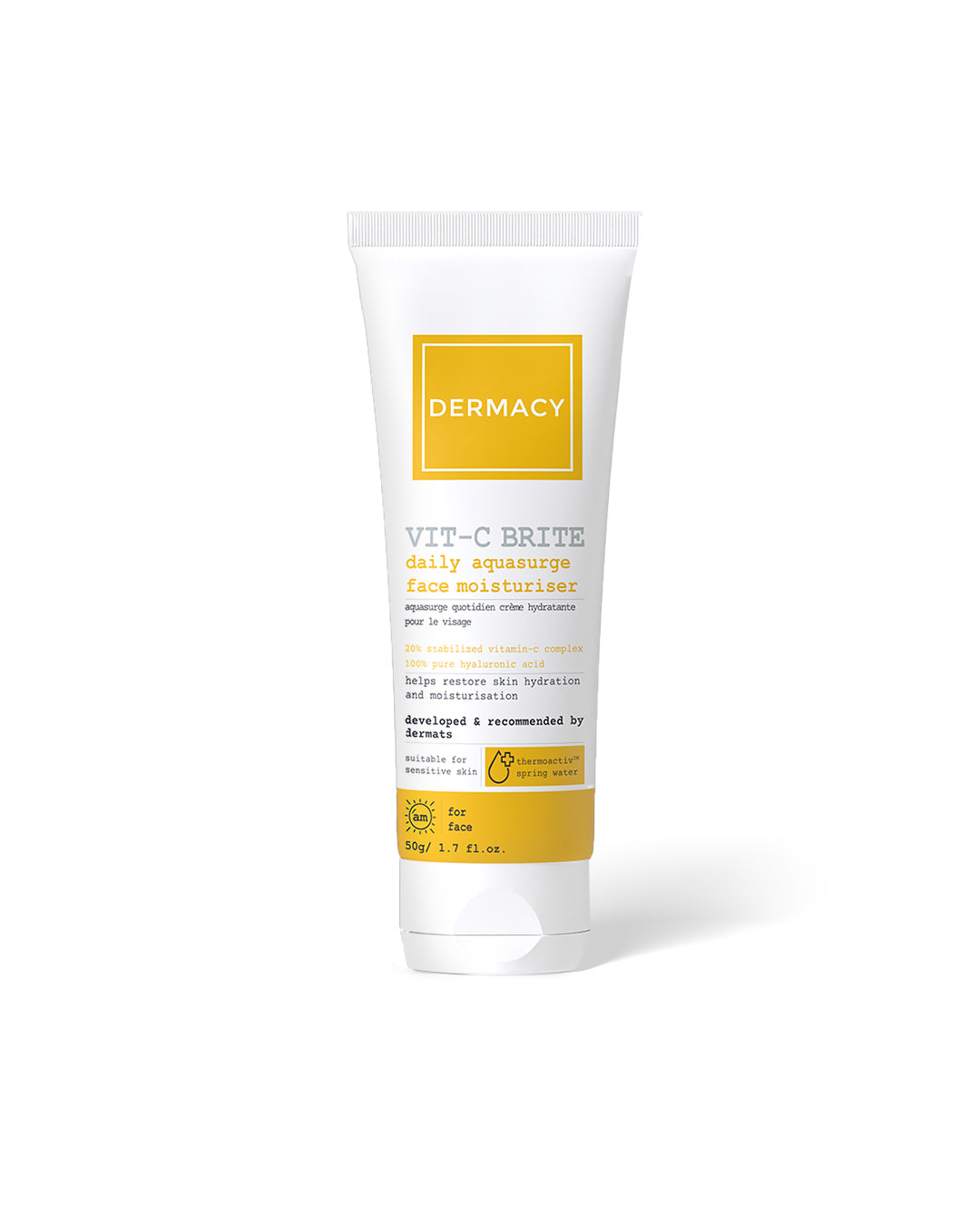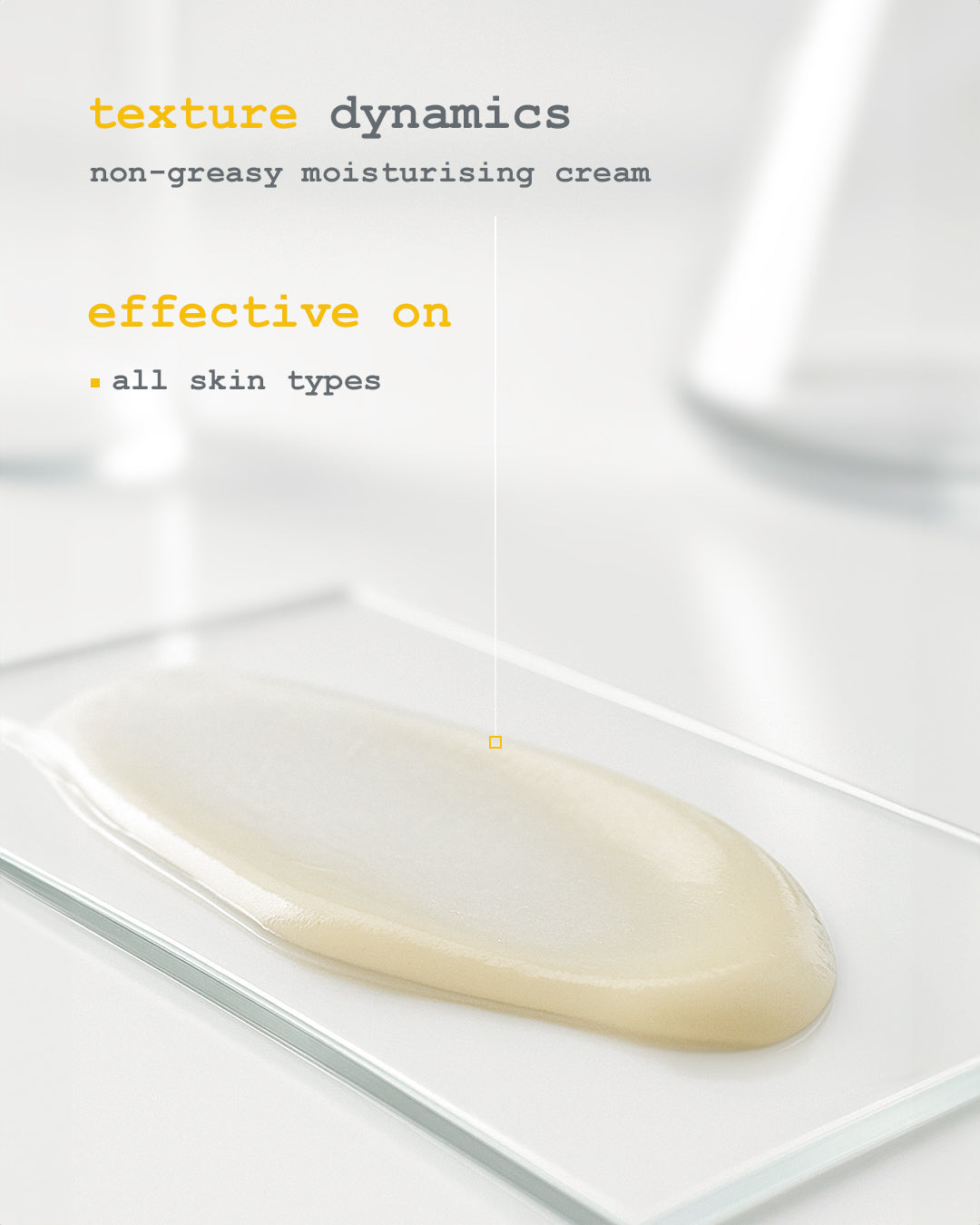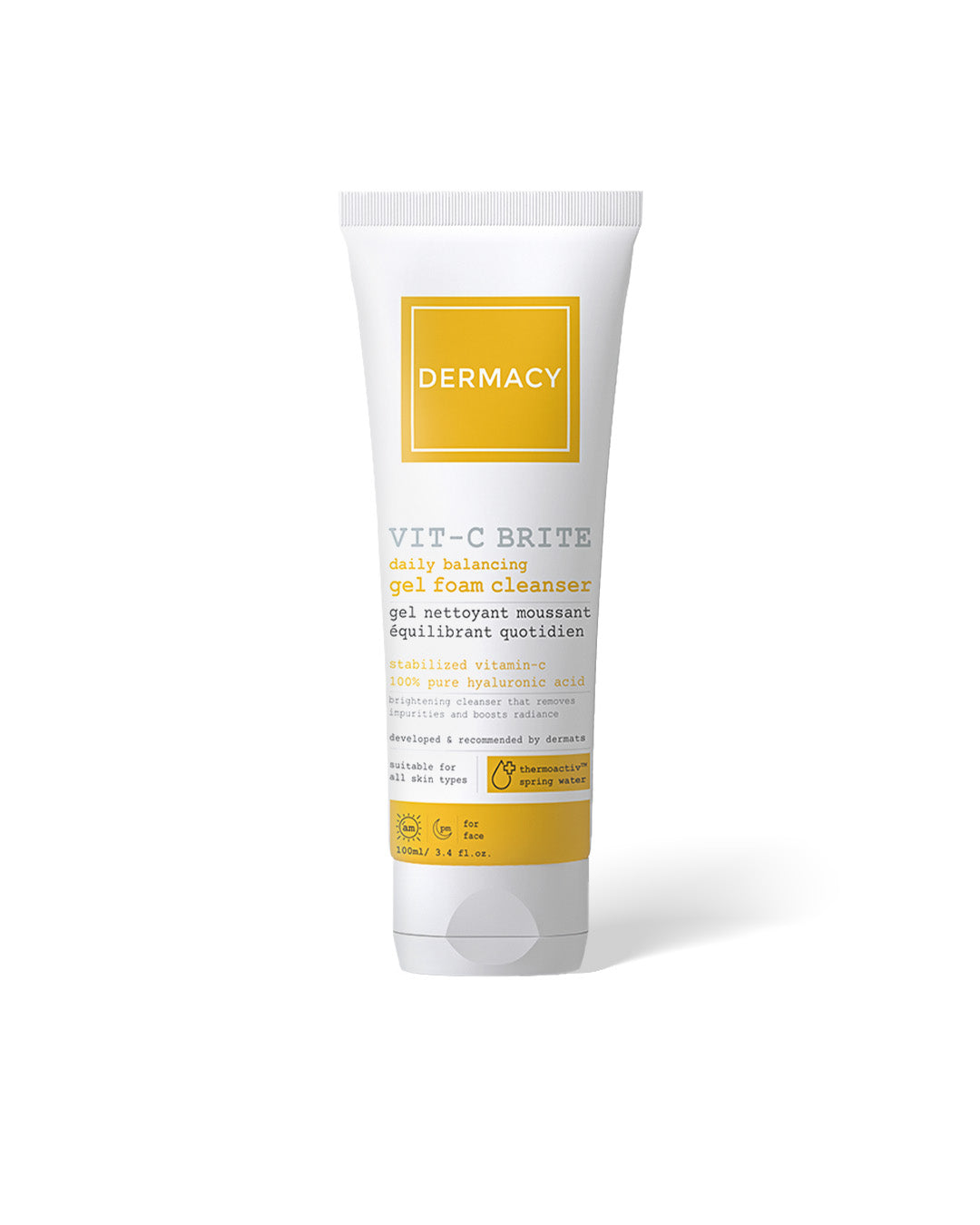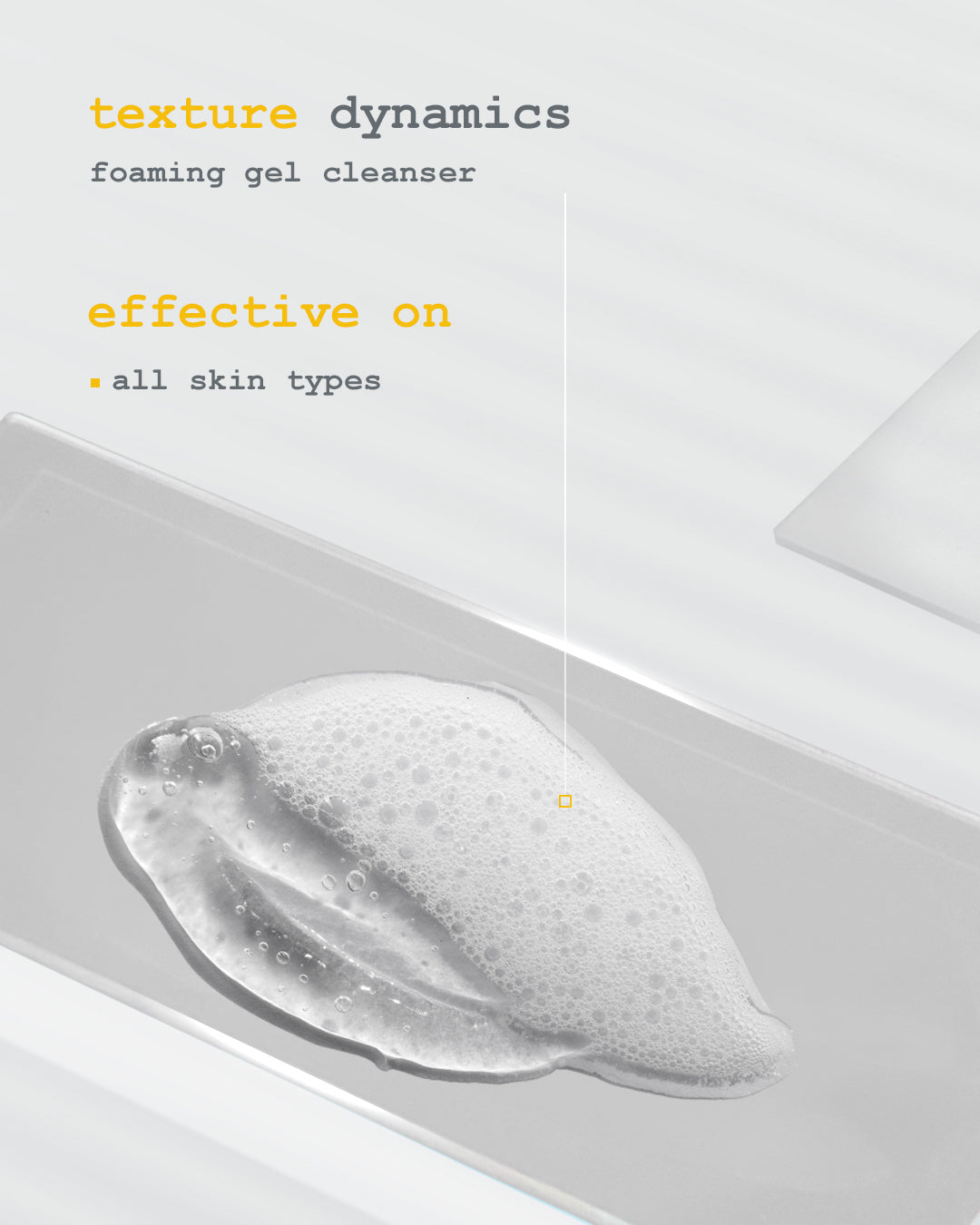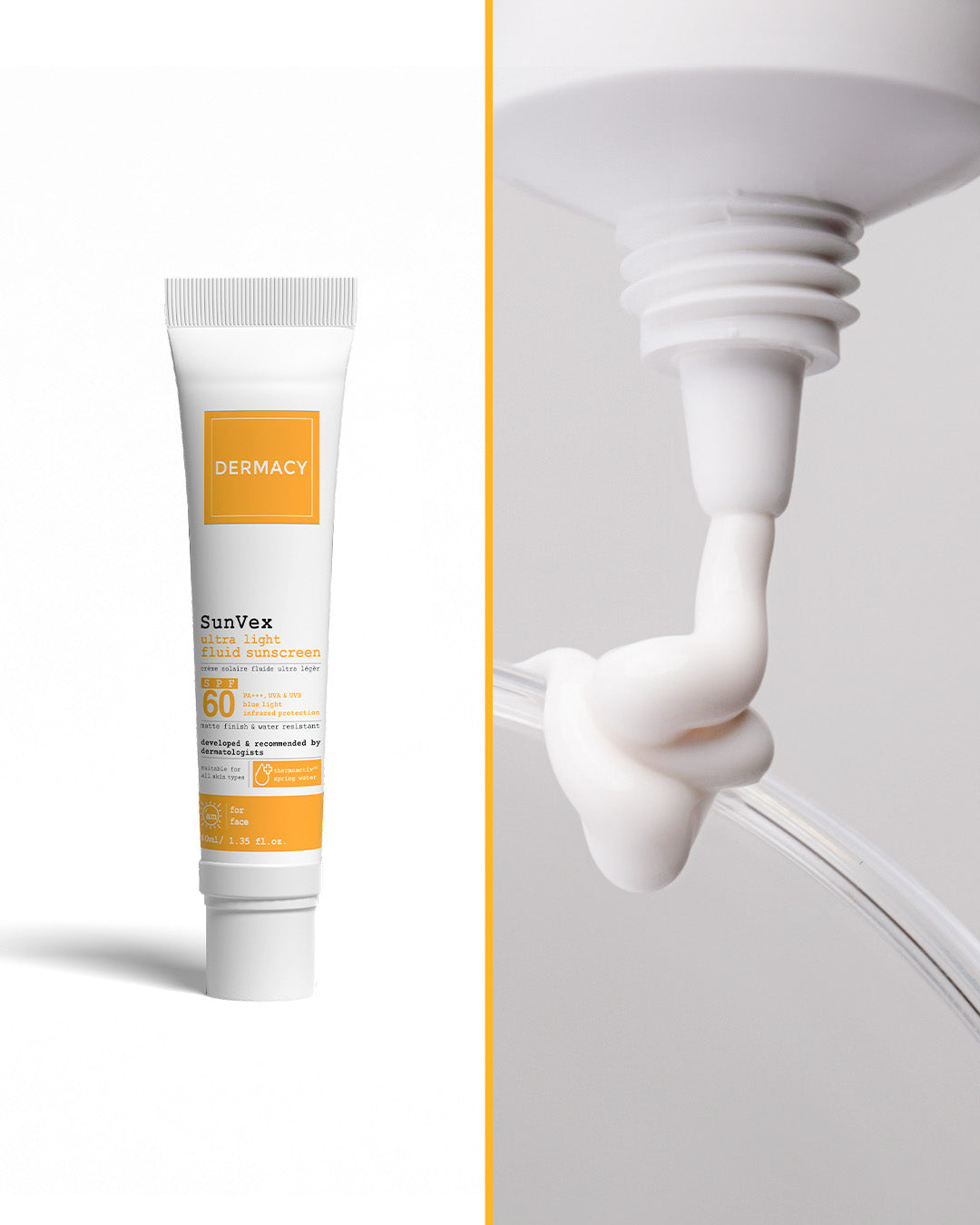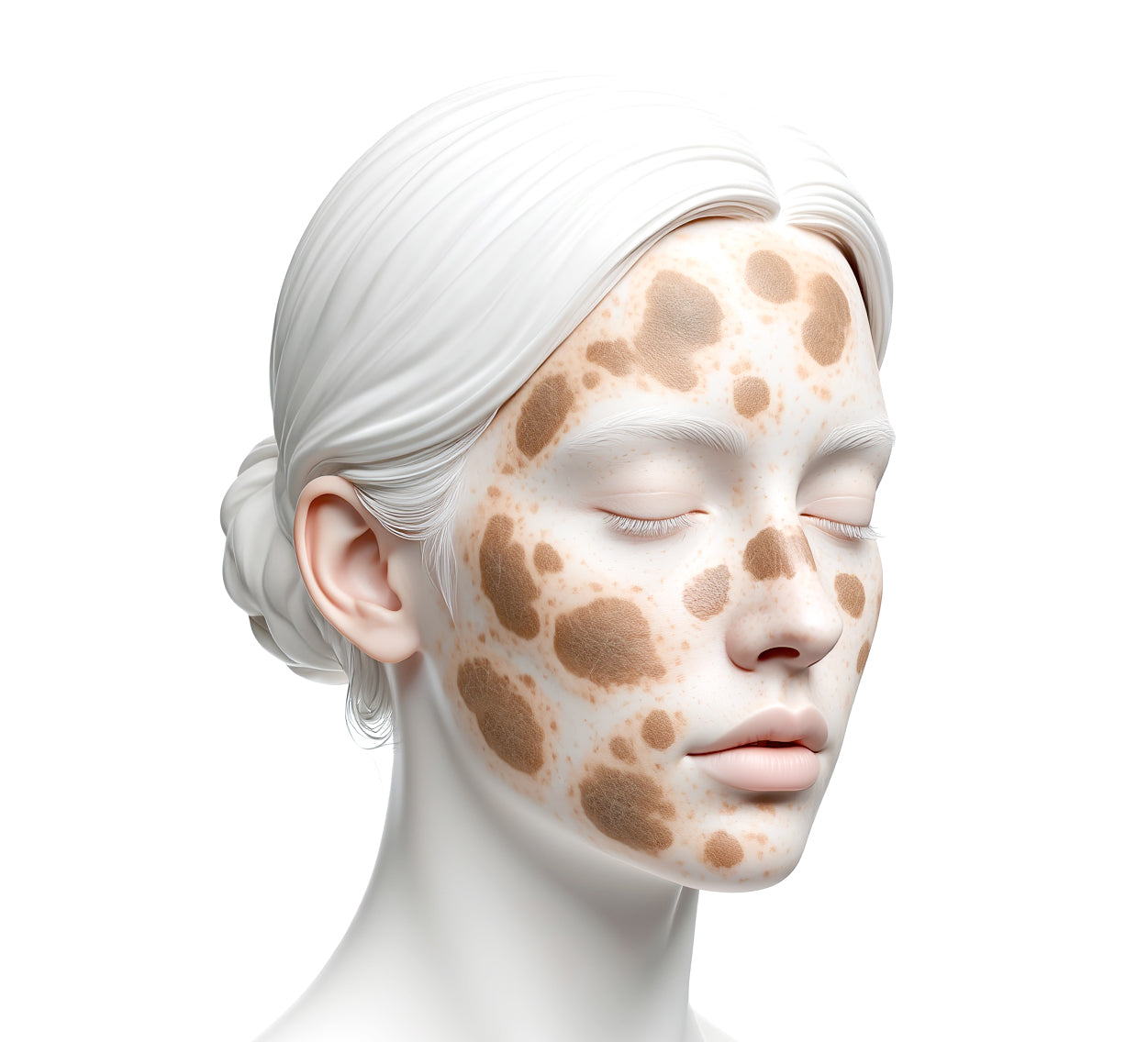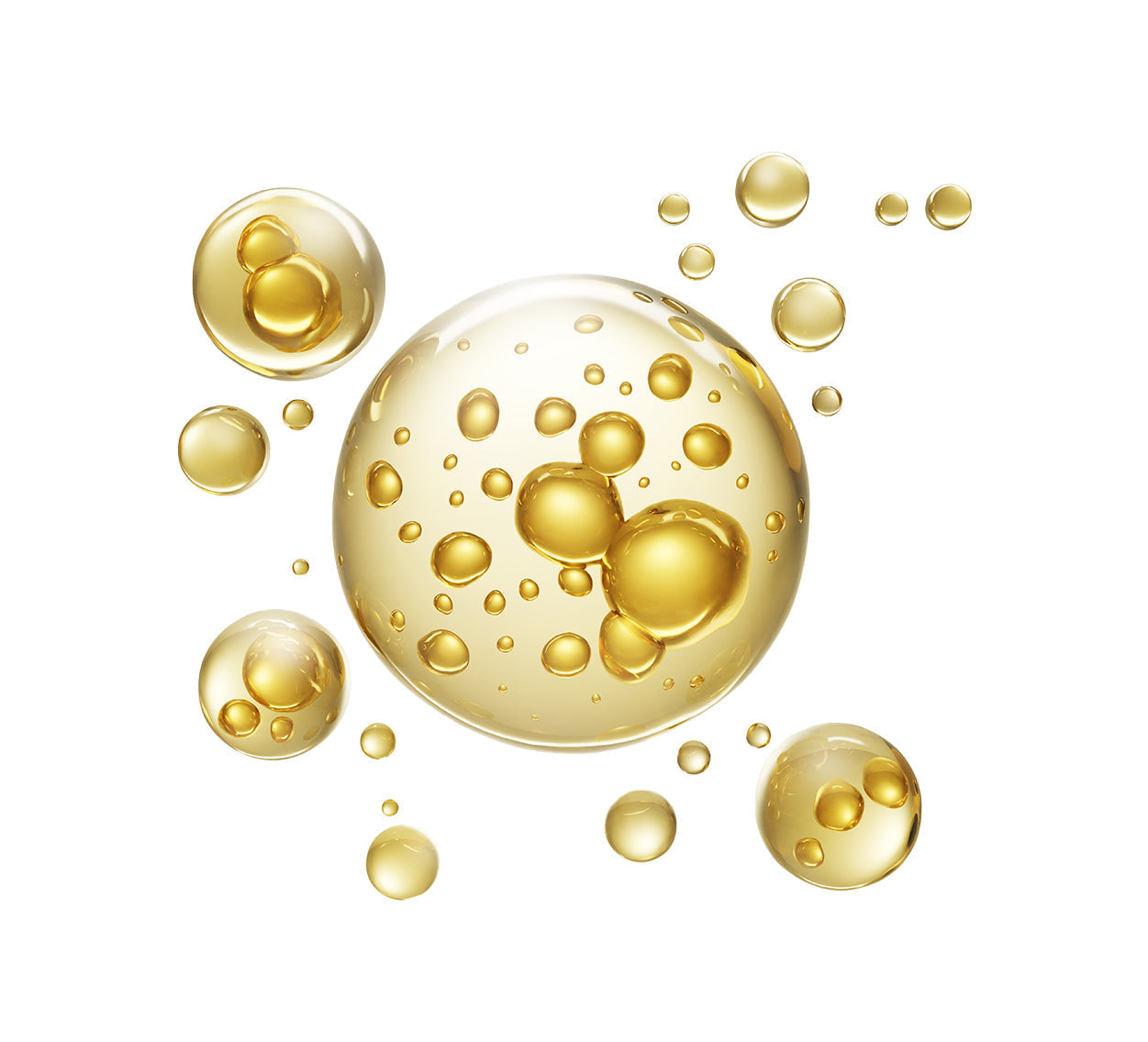The Epidermis: Skin’s First Line of Defense
The Structure and Function of the Epidermis
The epidermis is made up primarily of keratinocytes arranged in layers that renew and differentiate, ending with the stratum corneum. Supporting cells include:
- Melanocytes – pigment production and UV defense
- Langerhans cells – immune surveillance
- Merkel cells – sensory input
- Maintaining barrier integrity
- Regulating hydration
- Protecting against UV, pollution, and microbes
- Initiating immune and repair responses
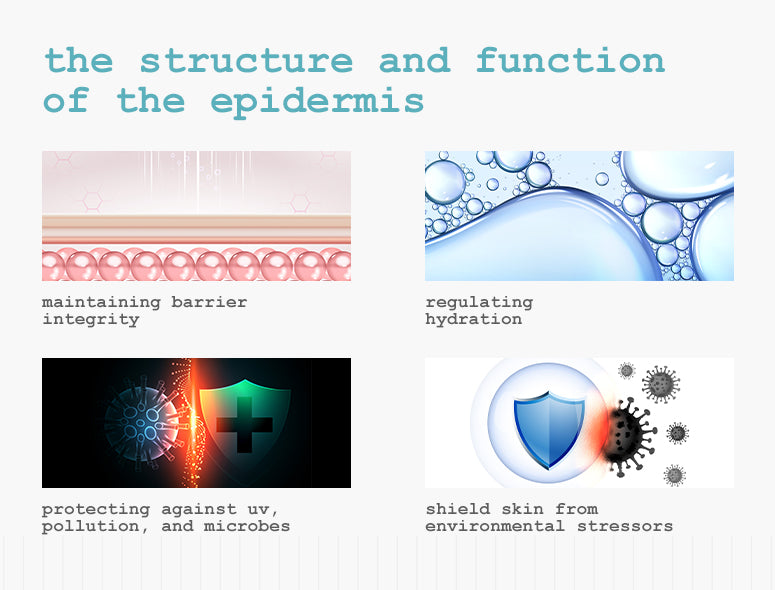
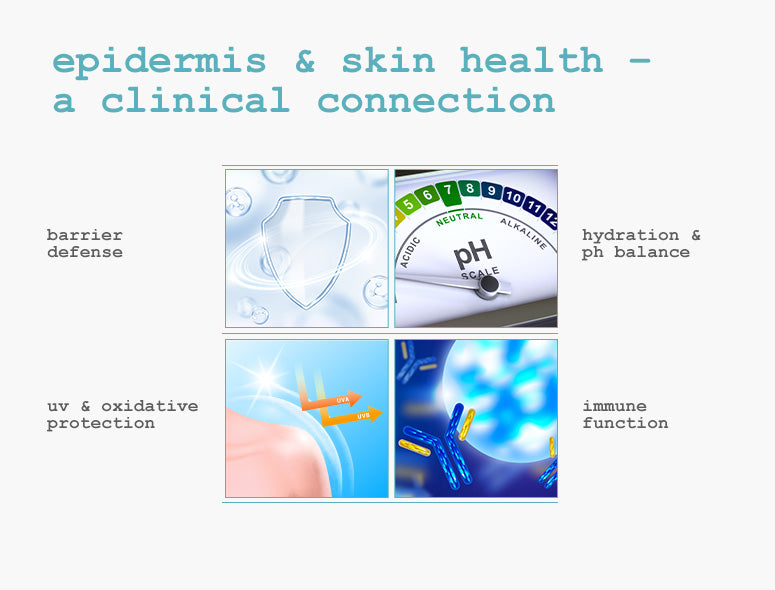
Epidermis & Skin Health – A Clinical Connection
- Barrier Defense – Lipids in the stratum corneum help retain moisture and protect against external irritants
- Hydration & pH Balance – A healthy epidermis maintains slightly acidic pH to support enzyme activity
- UV & Oxidative Protection – Pigment and repair functions minimize environmental skin damage
- Immune Function – Langerhans cells detect threats and support skin immunity
- Repair Activation – Keratinocytes assist in wound healing and recovery
Caring for the Epidermis
- Cleansing – Use sulfate-free, pH-balanced cleansers
- Moisturizing – Choose formulas with ceramides, cholesterol, and glycerin for barrier support
- Sun Protection – Apply SPF daily to protect against UV-induced skin damage
- Barrier Serums – Incorporate niacinamide, hyaluronic acid, or prebiotics for barrier reinforcement and hydration
Caring for the Epidermis
Daily care helps prevent sensitive skin, inflammation, and barrier disruption. Support epidermal health with evidence-based routines:
- Cleansing – Use sulfate-free, pH-balanced cleansers
- Moisturizing – Choose formulas with ceramides, cholesterol, and glycerin for barrier support
- Sun Protection – Apply SPF daily to protect against UV-induced skin damage
- Barrier Serums – Incorporate niacinamide, hyaluronic acid, or prebiotics for barrier reinforcement and hydration
Final Takeaway
Understanding the epidermis is essential to supporting skin function and preventing chronic skin conditions. By focusing on the functions of the epidermis—barrier defense, hydration, and immune regulation—you can reduce skin damage and maintain long-term skin resilience.
Daily use of targeted skincare can transform basic routines into effective strategies for lasting skin health.





